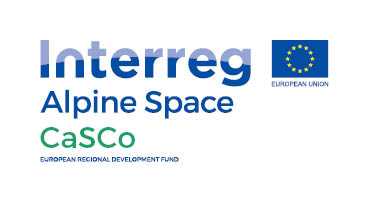Translations: Vergleichsmatrix Umweltlabel/14/en: Unterschied zwischen den Versionen
Aus Smart Places Network
(Die Seite wurde neu angelegt: „{|class="wikitable sortable" ! data-sort-type=|Label ! |aspect of resource conservation |- |Blauer Engel||Of the 113 Blue Angel standards, 20 relate to the pr…“) |
(kein Unterschied)
|
Aktuelle Version vom 28. April 2020, 23:35 Uhr
| Label | aspect of resource conservation |
|---|---|
| Blauer Engel | Of the 113 Blue Angel standards, 20 relate to the protection of resources, none in the area of construction and renovation and only 5 of 20 with paper products. Here the claim "Conserve resources" means the use of waste paper or recycled paper. Other resource aspects are not the focus of the "Blue Angel - Saving Resources". |
| EPEA | The environmental label cradle to cradle (C2C) does not contain any specific criteria for the conservation of resources. However, the basic concept "elimination of waste (in theory) corresponds to the conservation of resources. The criterion of material recycling is to be seen in analogy to the principle of recycled paper at the Blue Angel. (Note: in practice, product cycles are generally far removed from the natural model of closed cycles). |
| EU ecolabel | The EU Ecolabel has not developed any direct criteria for resource protection and is reduced to the sustainable extraction of wood and low energy consumption in production. The energy consumption in production is usually calculated. |
| FSC | The central message of the FSC eco-label is the sustainable management of the forest to obtain the raw material wood. In addition to various social and environmental requirements, the focus of FSC is therefore on the conservation of wood as a resource by means of management that is intended to ensure its use for future generations. |
| HOLZ VON HIER | HOLZ VON HIER is characterized by renewable raw materials from sustainably managed forests. The transports in the processing chain and to the customer are above average short and therefore also save resources. |
| NaturePlus | NaturePlus demands a "preferably high" proportion of renewable raw materials in the product and a minimisation of energy consumption. |
| Nordic Swan | The Nordic Swan addresses resource conservation rather indirectly. In general, at least 50% of the materials should be renewable and, in the case of wood, at least 30% should come from sustainably managed forests. Energy consumption in production must not exceed a certain value and high-calorific production waste should be returned to the energy cycle. |
| Ö-UZ | The Austrian Ecolabel has not defined any specific criteria for the conservation of resources. The award criteria for furniture are defined as regulations for raw materials, which primarily concern the avoidance of ingredients that are hazardous to health, as well as environmentally friendly production, durability and waste reduction, and packaging aspects. |
| PEFC | The central message of the PEFC eco-label is the sustainable management of the forest for the extraction of the raw material wood. In addition to various requirements, the focus is on the conservation of wood as a resource by means of a management system that is intended to safeguard this use for future generations. |
